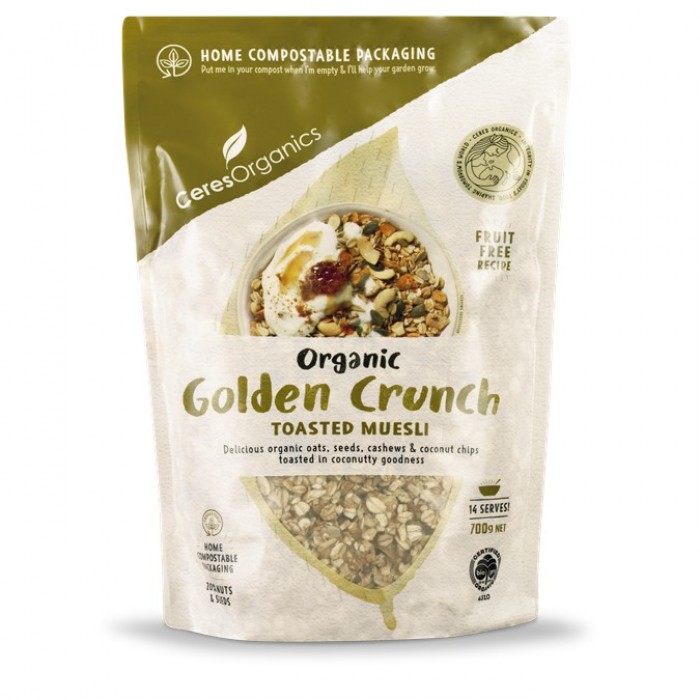

Maida, sugar, eggs, butter / ghee, yeast and raisins are the key ingredients in this breakfast cake eaten on festive days, especially on Christmas mornings. Its texture is more like a bread whereas the flavour is more like a cake, especially the Kerala plum cake. The Anglo-Indians call it the Dutch cake. Breudher has a distinct flavour and a tantalising aroma. Anglo-Indian culture, and consequently its cuisine, continues to have a strong presence in Fort Kochi and though in a small way, this Eurasian palate has kept Breudher making alive in Fort Kochi. In the diverse culinary culture of this port city, where a myriad of ethnicities co-exist, breudher is a gastronomic memoir of the rich and pompous colonial past. A remnant of these gastronomic interactions, a testament to the baking skills of the western European navigators, still exists in Fort Kochi thanks to a few old bakers who have gone the extra mile to safeguard the recipe of a sweet, buttery bread called breudher. While discovering the culinary treasures in the southern tip of India, they subtly modified the cuisine of the area and seasoned many dishes with an ounce of Dutchness. Compared to the European colonists who came before and after them, the Dutch influence on Kerala cuisine is not so conspicuous. The cuisine of the coloniser and the colonised intermingled, often creating culinary wonders which were an interesting synthesis of distinct cooking styles and elements. With each wave of colonisation, the culinary landscape of this city was modified in varying degrees. It remained so until 1795, when the fort was surrendered to the British. After two major wars, the second one lasting for more than two months, the Dutch conquered the fort from the Portuguese and from the seventh day of the year 1663, they were the rulers of Fort Kochi. Fort Kochi was a Dutch colony for more than a century.


 0 kommentar(er)
0 kommentar(er)
